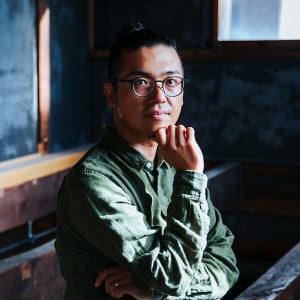
Project member interview
What the USIO Design Project brought?
Situated about 1900km away from Tokyo, Ishigaki Island in Okinawa Prefecture is a semitropical island full of attractions, with the beauty of nature and serene and gentle inhabitants. In order to further convey and disseminate the allures of this Ishigaki Island, we carried out the “USIO Design Project” to redesign the island’s specialty products in collaboration with Ishigaki City Office.
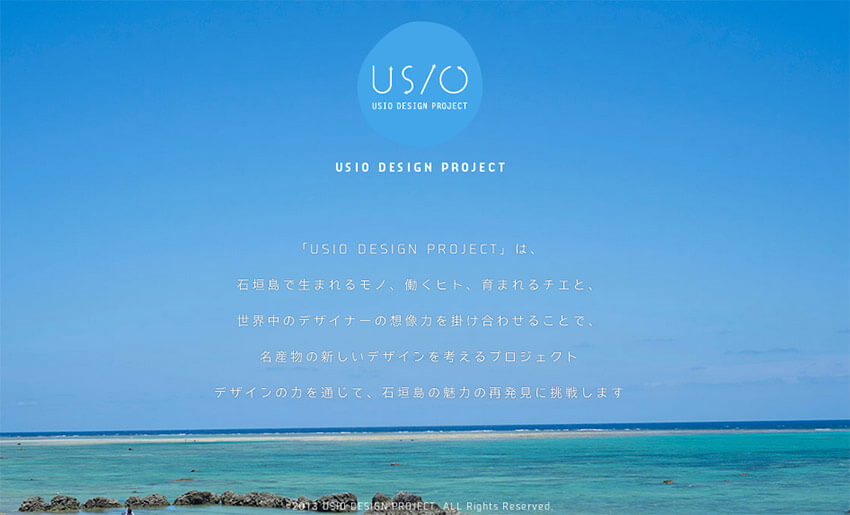
We will look back on the USIO Design Project with the project members, namely, Mr. Shuntaro Kosasa of Ishigaki City Tourism and Culture Department (at the time when the project was started), Shoma Terai, Senior Director, Loftwork Inc., Kazue Nakata, Communication Director, Loftwork Inc. and Tim, Co-founder of FabCafe Taipei.
Can the island still be a place that continues to be loved by everyone while maintaining its precious environment?
– Please tell us what inspired you to start the project.
Mr. Kosasa (Ishigaki City Office) : Our island is located 400km further south of the main island of Okinawa and 270km from Taiwan. Yaeyama Islands are a group of small islands, richly endowed with nature, where people “live within their means,” with daily necessities within close reach. Although some agriculture and small-scale manufacturing exist, the core of the island’s economy is tourism.
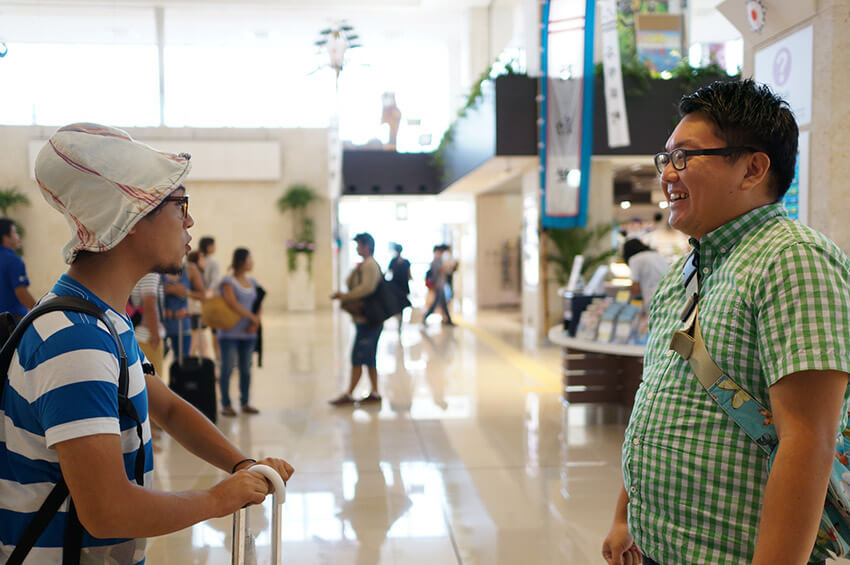
The situation surrounding tourism has changed significantly over the last ten years. With the completion of the new airport in March 2013, the island is quite lively now. I’m delighted about it, but on the other hand, there are also various concerns.
Is it really possible for the island to remain to be a place that continues to be loved by everyone while maintaining this precious environment? The current economic structure of the island is not exactly the one that benefits all people on the island, so what could be done to make the people on the island rich? In the first place, what are the essences that are uniquely Ishigaki Island or Yaeyama?
With this in mind, I felt that it is a very important time to explore “the next dimension.” Rather than the stereotypical approach as the so-called tourist destination, shaking up this existing format once again would be an important action.

– Please tell us the reason why you cast a spotlight on the redesigning of local specialty products.
Mr. Kosasa : I presented the following three themes as actions for “the next dimension”:
1.Would like to include the perspectives from the outside, with maximum incorporation of the power of design.
2.Would like to disseminate the allures of the island through goods, and leave the missionary role of dissemination to goods.
3.Would like to incorporate the perspectives of Taiwan which is deeply connected with Japan in both geographical and historical terms.
It is said that one third of travel consumption is for souvenir products, which, I thought, will directly benefit local economy. In doing my daily job, I always felt that a stronger communication emerges through goods as a point of contact, rather than through mere information.
With such thoughts on my mind, I was browsing the Internet at midnight, and found information on Roooots, in which Loftwork is involved, on the blog of Mr. Masamichi Toyama of Smiles, Inc., whom I had always been a fan of. I was immediately inspired by the blog and the next day I found myself calling Mr. Toyama and saying, “I have such a plan and I would very much like you to play a part in the proposal!”
Thorough disclosure of processes; “creating topics” which exhibits another dimension of Ishigaki Island.
– What kind of proposal did Loftwork make?
Nakata (Loftwork) : I still remember the day when the office buzzed with excitement at the news; an inquiry came from Ishigaki Island! (Laughter) “Roooots Specialty Products Redesign Project,” which immediately inspired Mr. Kosasa, is a project that was held four times since 2008 in a manner to coincide with international art festivals (Echigo-Tsumari Art Triennale/Setouchi International Art Festival) that took place in local areas. The project was intended to rejuvenate local industries by inviting visitors to art festivals held in regions struggling with depopulation, declining birth rate, and aging population and selling local specialty products as souvenirs that were redesigned for target visitors.
In that respect, Ishigaki Island is “a very lively region,” already enjoying high popularity and recognition as a tourist spot with a number of people moving to the island. Of course there are issues specific to the region, but the USIO project needed messaging and a new approach in the island’s context, while using the same scheme as in Roooots.
So, the proposal we made was to make the redesign process thoroughly open using a special Web site and social media. While taking the form of a project of “creating things,” we aimed for “creating topics” to show another side of Ishigaki Island, by consistently providing detailed information on what happened while creating things. Events involving networks of creators were also proposed in conjunction with the team Taipei of the digital fabrication café “FabCafe”.
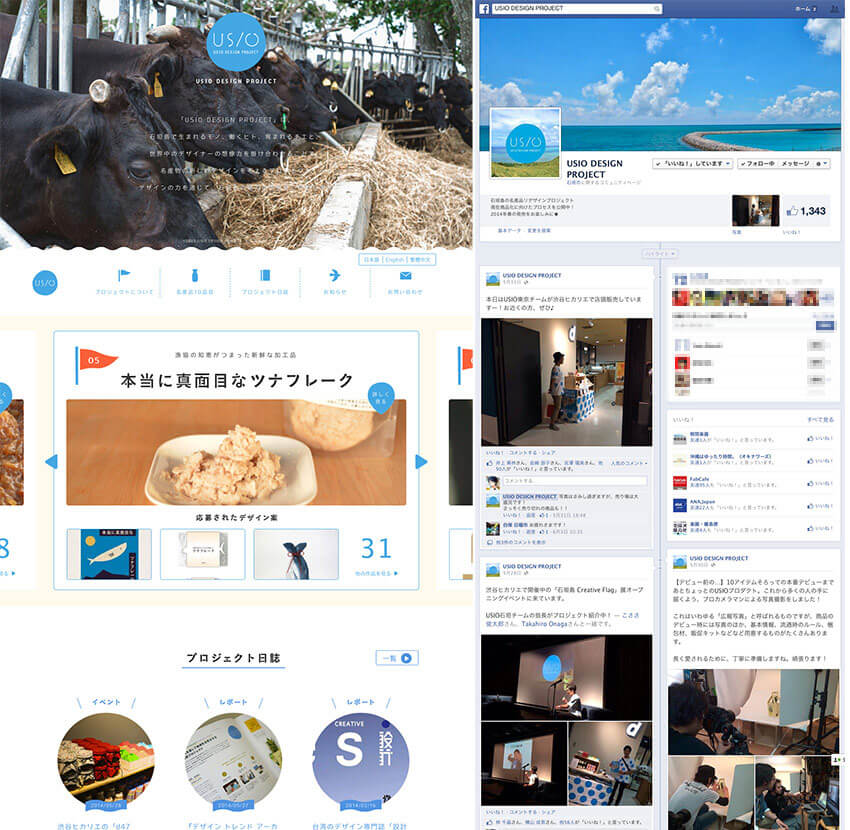
Challenge to a new form of tourism PR through products and design at the three hubs of Ishigaki, Tokyo and Taipei. This is the direction shared by all members since the time of planning the USIO Design Project.
Tim(FabCafe Taipei) : The USIO Design Project took a friendly and human approach in order to understand the culture of local communities and was trying to introduce the life of the region to many people in Japan and Taiwan through design, and so I remember I was very excited when I was asked about the possibility of taking part in the project.
– How was the name USIO was born?
Terai (Loftwork) : USIO means “tides” in oceans. The project was so named because the episode about a “rip of currents,” which is the line where two different tides collide and create rich fishing grounds, seemed to fit the image of a beautiful sea which is the symbol of the island. The name expresses our desire to produce a new abundance through the collision of “views from outside” and “products produced, people working and knowledge nurtured in the island” with focus placed on design.
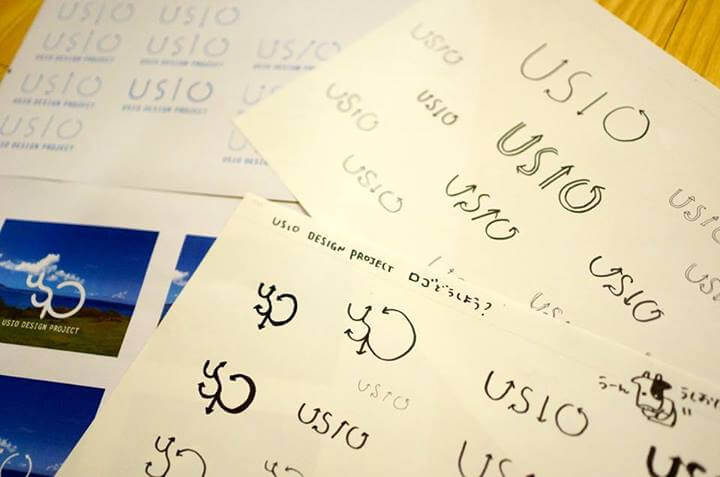
– With what kind of project team did you proceed with the project?
Terai : Compared to other projects by Loftwork, the composition of the USIO project team was quite unusual.
First of all, all members, including members from our client—Ishigaki City Office Tourism and Culture Department—participated in the project in a flat manner. Instead of establishing a “secretariat” somewhere, teams were set up in each of the Ishigaki, Tokyo and Taipei hubs, so that each of the teams has its own role and work organically to generate “a rip of currents” where different perspectives intersect.
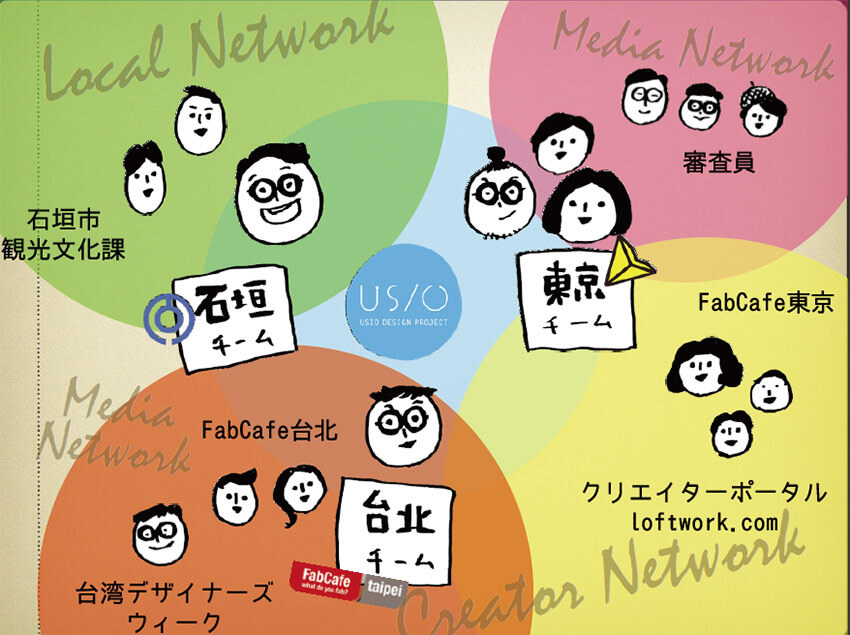

Collaboration with FabCafe Taipei and Taiwan Design Center aimed at strengthening cultural exchange with Taiwan.
– Why was the collaboration with Taiwan born and how was it realized?
Mr. Kosasa : Firstly, Ishigaki Island is geographically close to Taiwan, and there have been immigrants and cultural exchanges for a long time.
Similar to brown rice milk and shisa (Okinawan lion dog) in Taiwan. We hoped that the collaboration with Taiwan will lead to an opportunity to freshly explore identities that are unique to Ishigaki and Yaeyama but different from those of Japan and the main island of Okinawa.
That’s why collaboration took place in each phase, such as inviting Mr. Chen Wenlong, CEO of Taiwan Design Center as a judge, actively organizing events and disseminating information for Taiwan in collaboration with FabCafe Taipei and eventually nominating a Taiwanese designer to work on “Ishigaki Tuna.”
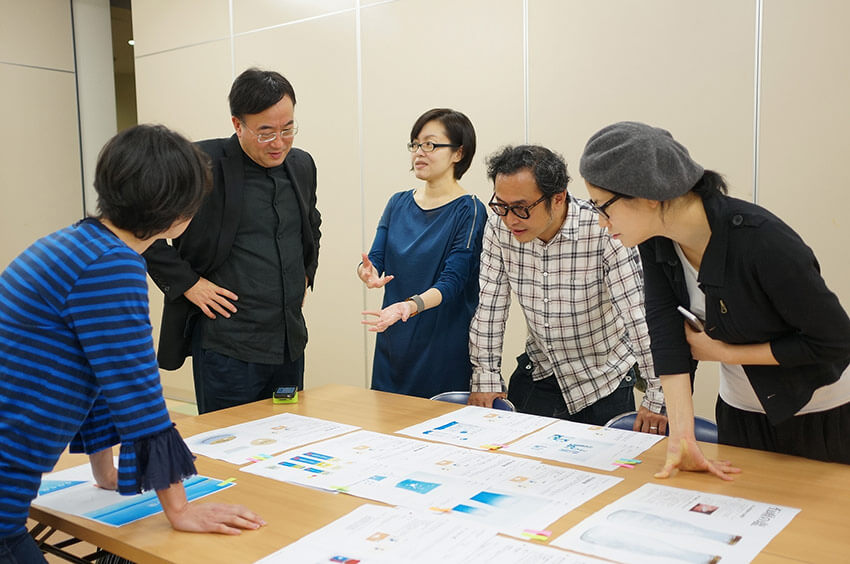
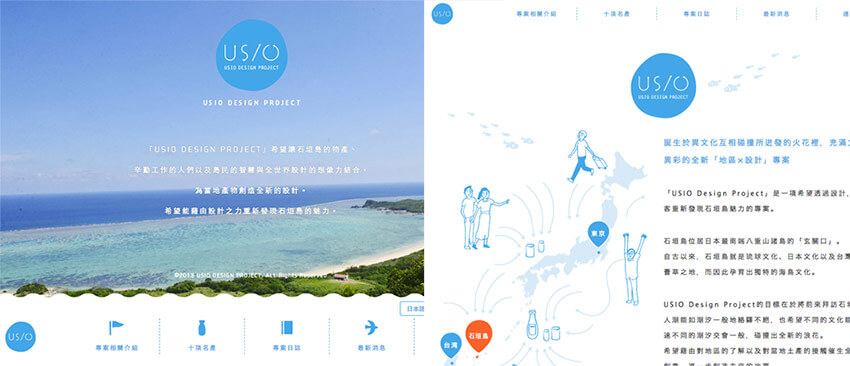
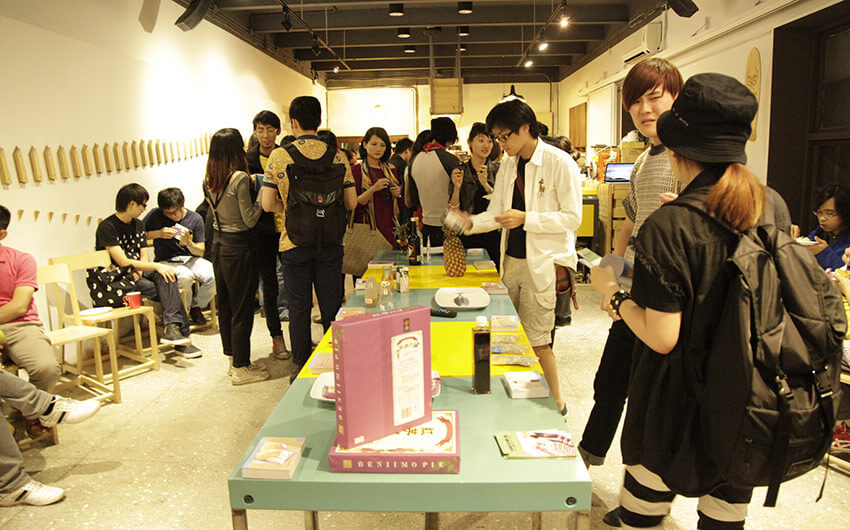
Tim : In order to disseminate the USIO Project and the stories behind the ten selected products, the team Taipei approached creators in Taiwan through workshops and event, and by providing special menus at FabCafe Taipei. Local design communities in Taiwan also took a great deal of interest, so we asked them to widely spread the project using their design platforms and booklets.
Kosasa : As a result of these efforts, about 20% of the entries during the call for designs were from Taiwan.
Charm of products. Ten products were selected after in-depth hearings about the feelings of the local residents.
– How were the products to be redesigned selected?
Terai : The products were selected through the process of“discovery” => “open call” => “screening” => “development”.After setting up the project teams including the team Taiwan, we started with an inspection tour to the site and simultaneously held a briefing on the project to call for potential products for redesign. As the briefing also appeared in local newspaper and others, it brought together nearly 50 products from local producers despite the short time period of the invitation.
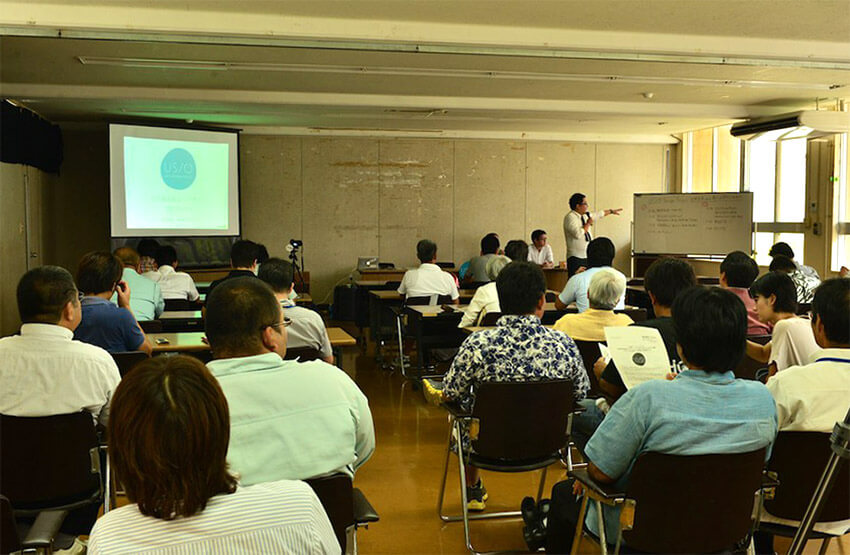
Finally, ten items were selected as products to be redesigned. These are a lineup of the products with emphasis on factors including, the use of materials from Ishigaki Island and Yaeyama Islands, having characteristics that can only be obtained from a manufacturing process that leverages the natural features, or from the history of the region, their potential as a product, as well as the cooperation system with producers. There were also many attractive items among those that were unfortunately not chosen due to the overall balance of products.

Various events that invigorate “creating topics” were organized.
– How did you organize the call for design proposals after the products were selected?
Nakata : Loftwork has organized calls for design proposals many times. While we have experiences, it is difficult to attract appealing designs by simply preparing web pages calling for proposals. In response to this, we organized events both in Japan and Taiwan for various creators to make the open call more exciting.
FabCafe Tokyo held Ishigaki Island Café Week, Ishigaki Night and a redesign workshop using Minsa cloth. At FabCafe Taipei, the USIO Design Project was made known at a kick-off party, at which food was also offered to provide the taste of Ishigaki Island.
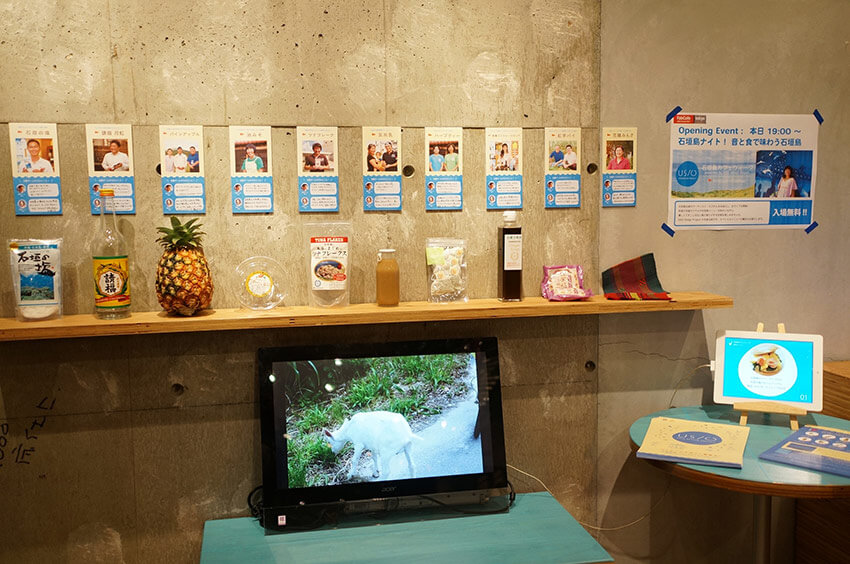
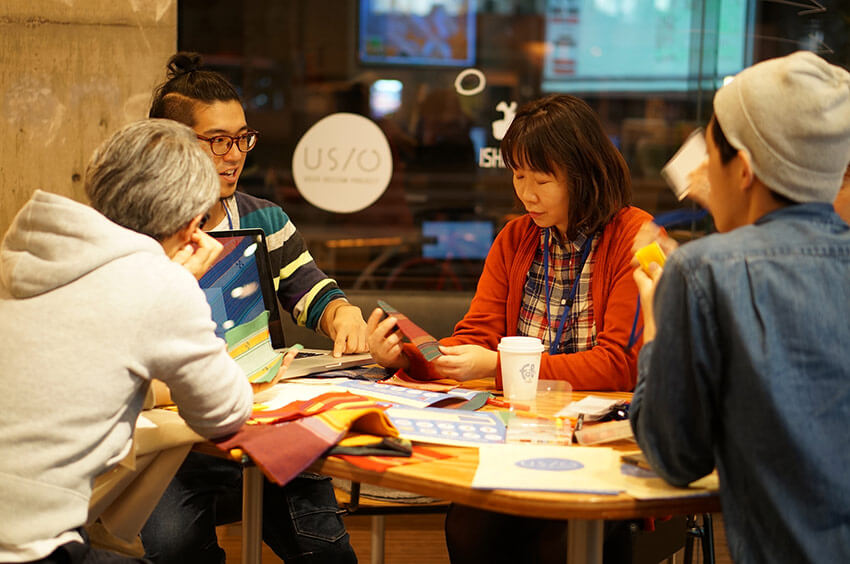
431 design proposals from 204 creators were brought together, including designs from Taiwan.
Kosasa : Finally, there were 431 design proposals. The announcement of the results was held at “Shiraho coral village,” Ishigaki Island with participation of producers and the island’s residents. In order to share the results with Taiwan and Tokyo in real time, the announcement was made not only at the venue of Ishigaki Island, but also on Ustream. At times, there were applause and cheers from the participating manufacturers every time a design proposal is presented.
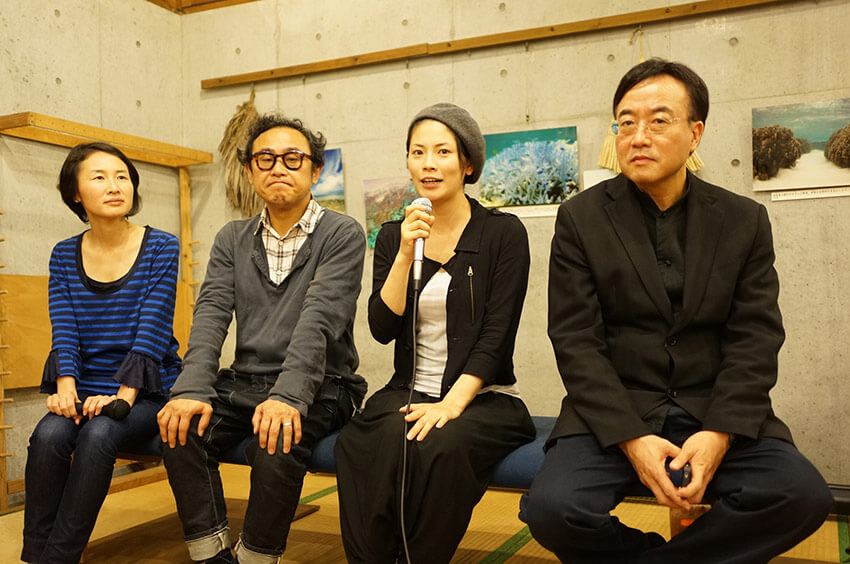
The judges gave a positive overall evaluation to the open call for designs which involved a diversity of perspectives.
It was very interesting to see the works that look at Ishigaki from various directions, including “Ishigaki Island” viewed from Taiwan and “the Island-ness” viewed from Tokyo. (Ms. Atsuko Isamoto, The RITOKEI)
I think that the project certainly brings together the designs which are different from those seen in Tokyo or urban cities and make the best use of the benefits of the remote island of Ishigaki Island, and the designs will be completed with realistic and better values. (Mr. Masamichi Toyama, Smiles Co., Ltd.)
Designers from Tokyo, Taiwan and from various regions made proposals. It is very significant that the designers took an interest in the remote island and participated in the design project. We, too, learned a lot from the project and hope to organize a similar event in Taiwan, too. (Mr. Cheng Wenlong, Taiwan Design Center)
Just as one cannot know one’s individuality unless pointed by others, I felt that we ourselves are not quite aware of what exactly the Japanese elements are. (Ms. Chiaki Hayashi, Loftwork, Inc.)
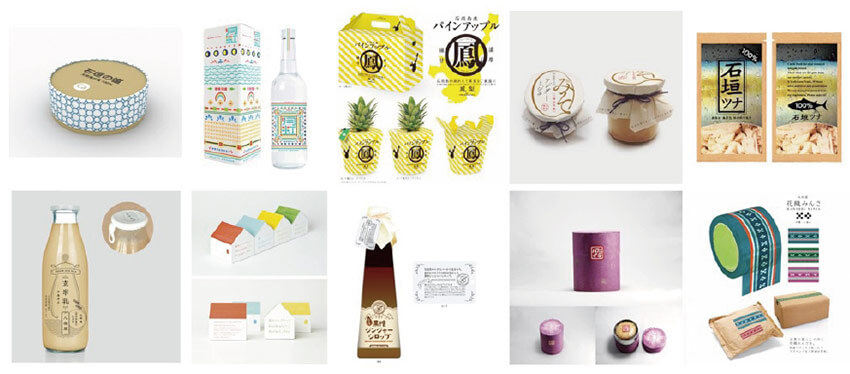
Redesigns including the communication of the products.
– How did the designs turn out in the end?
Terai : During the process of completing actual product packages from the adopted designs, negotiations for unit production cost with producers, adjustments of specifications for implementing designs with printing companies were made in detail, as well as design adjustments with designers. We asked the designers hired to come to Ishigaki Island and worked together to complete the designs while communicating with producers.
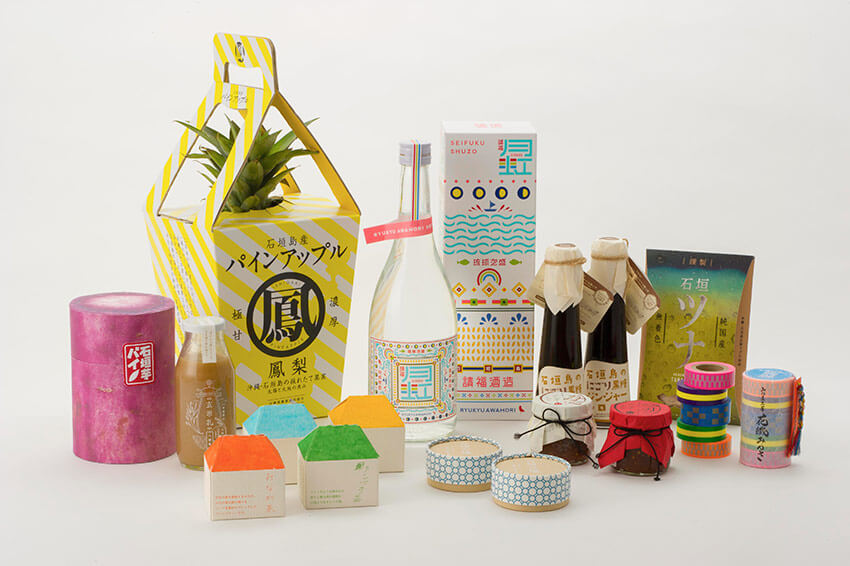
For example, the tuna package designed by the Taiwanese creator Paz was refined in collaboration with Mr. Ishigami who won a prize for another work in order to make the shape of the package suitable for production and make the expression in Japanese more natural. An intense artwork prominently exhibiting a fish skin is an idea that Japanese designers rarely come up with, which I believe sparked a unique chemical reaction.
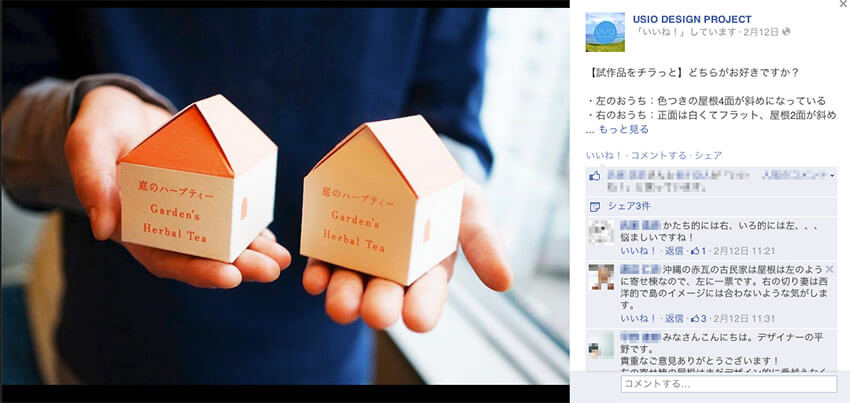
We also repeated a process of trial and error to raise the degree of completion as a product, including the adjustments of the shape of the roof for the herb tea to that of the houses in Ishigaki Island and significant reduction of the size of the salt package from what we had initially envisioned.
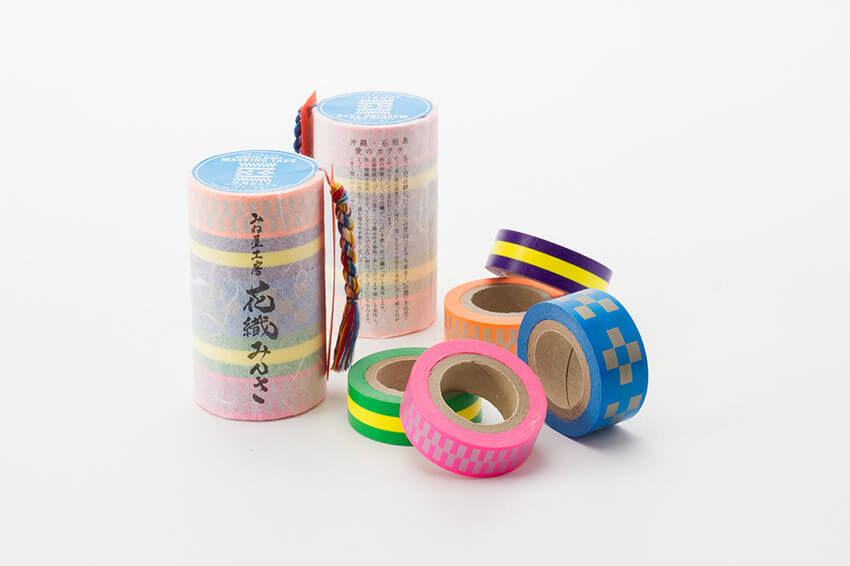
What the USIO Design Project brought?
– How the USIO Design Project is rated internally and externally, and how was the project with Loftwork?
Kosasa : We have just started sales of the products and it’s too soon to tell, but this time I felt anew a better-than-expected response to the “power of design.” I’m also very happy that I have achieved (or could achieve) the goal of introducing the Ishigaki goods to Europe, which was actually our hidden goal.
Moreover, what really impressed me was not simply the transformation of goods which became nicely sophisticated, attract people’s eyes and appeared on various media, but the re-examination of the roots of things and re-discovery of their charms through the deep insight of designers and perspective of experts, as well as the fact that such activities have brought wonders and joy that exceed our expectations.
I’m not saying this to flatter you, but the member of Loftwork are all intelligent and colorful, and the project was a very exciting job. (although it is still in progress…) I believe that our actions will further evolve and spread across the world!
Tim : All of the processes, from the inspection tour, visit to the site and meeting to the start of the open design completion, selection of judges and production of products, were a very unique journey.
I realized that the categorization of issues, such as product design, travel promotion, development of Ishigaki brand is not important for the USIO Design Project. I think that the only important thing was “how to find innovative ways to relay the local stories to more people and make people experience and discover the unique culture of the island, background of each food and product, as well as the life of local people. ”
Terai : I don’t think that the redesign of local products will immediately increase sales. Themes vary by community and there should be designs that match the land and context. In the case of Ishigaki, it is a well-known tourist spot, but for that reason, it also has to ask itself, “what is really local?” I think this situation matched the way redesign works.
In the next phase, I would like to think about how to communicate the stories of the goods produced and how to sell them outside.
Nakata : I’m normally in charge of public relations for Loftwork, but this time I joined the project for the first time as a communications director. The team composition was unusual as it involved Taiwan, but thanks to that, it produced a number of collaborations that go beyond the existing “form.”
Also, the powerful and charming character of Mr. Kosasa worked as an engine for the entire project, making our work really exciting. Although I’m hesitant to say this, I’ve never thought of him as a client (Laughter). I was happy that we were able to work in flat teams and with a sense of speed.
We design things and topics simultaneously, by openly disseminating information before deliverables take shape, communicating concepts accurately and converting processes themselves into content. I believe that this scheme of USIO continues to be needed by many projects, and I would like to expand the scheme much further in the next phase of the USIO project. I will keep doing my best!




